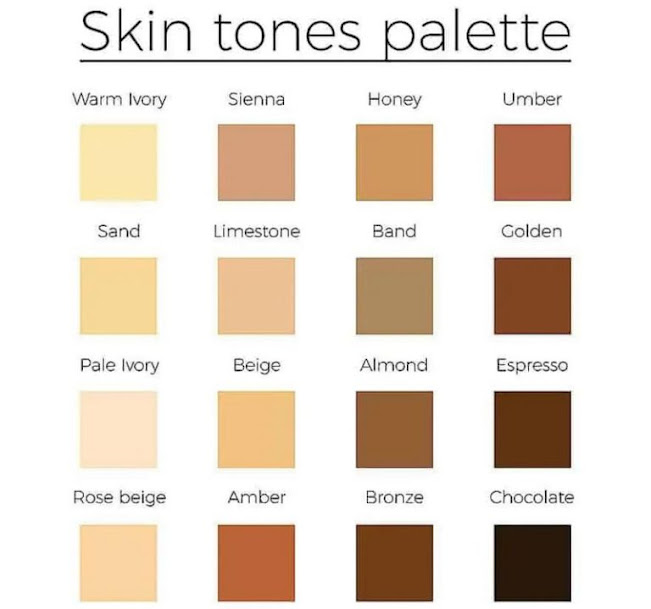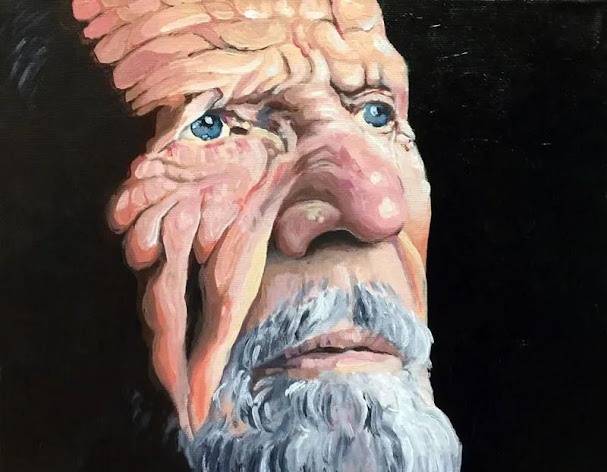Human skin color is very popular in painting but is quite complicated because there are many different shades. When drawing a subject, you will need many human skin tones to create a complete, soulful picture. The article below will guide you how to color human skin .
What color is human skin?
Everyone has a different skin tone, so skin color has many shades of dark and light. Normally, human skin has 3 common tones: light, dark and natural, in which skin pigmentation is different. Human skin color has green, pink, blue pigments… These are the ingredients that make up skin tones and they will help you when mixing colors.
How to mix skin color based on basic colors
To mix skin color from basic paint colors, you need to use main colors such as white, red, yellow, and black to create different skin tones.
Note that tinting is a process of trial and error, you can adjust the proportions and colors to achieve the right skin tone for your needs.
Step 1: Prepare the paint color
- White: Use to fade and create lighter skin tones.
- Red: Use to create warm skin tones.
- Yellow: Use to create light yellow or orange skin tones.
- Black: Use to darken and create darker skin tones.
Step 2: Mix skin color
- Pale white skin color: Mixed white and a little red and a little yellow.
- Whiter skin color: Mixed white, a little red and a little yellow. Add more white.
- To create a pale yellow skin tone: Mix yellow and a little white.
- Orange-yellow skin color: Mixed yellow, a little red and a little white.
- Dark skin color: Mix black with a little red and a little yellow.
- Light brown skin color: Mix white, red and yellow together.
- Dark brown skin color: Mix red, yellow and black together.
Step 3: Adjust and test colors
- Once you have mixed the base paint colors in different proportions, you should test the color on a small surface or a test sheet to ensure that you achieve the desired skin color.
- If necessary, adjust the color by adding paint or adjusting the color ratio to achieve accurate results.
When mixing human skin tones, always keep in mind that skin tones will vary depending on many factors such as lighting, surroundings and personal feelings. As a result, the tinting process can become more complicated when trying to accurately mimic human skin color. Experiment and find the color that best suits your work!
How to mix skin color with watercolor
Step 1: Create color with one part yellow, one less part red, and one dot of blue paint. Here's how to create a bright skin tone. If you mix medium skin tones, add a portion of brown paint. If mixing dark skin tones, add 2 parts brown paint.
Step 2: Mix the colors together. Dab a little on scratch paper to see if the result is as expected.
Step 3: Continue to adjust if necessary. Most skin tones have varying shades of red, green, or yellow. Add a little color as needed to achieve the desired skin tone.
Some things to pay attention to when mixing skin color
- Always use caution when darkening: It's much easier to add a dark tone than it is to remove it. So when mixing for a darker color, mix little by little.
- Avoid using black if possible: Choose blue or purple instead.
- Some paints will dry out a little lighter or darker when dry: always test on a draft before applying on the finished work.
- Unless you're drawing lego or animating, don't paint a single skin tone over every part of your character. Spend some time creating different skin tones to paint each detail.






